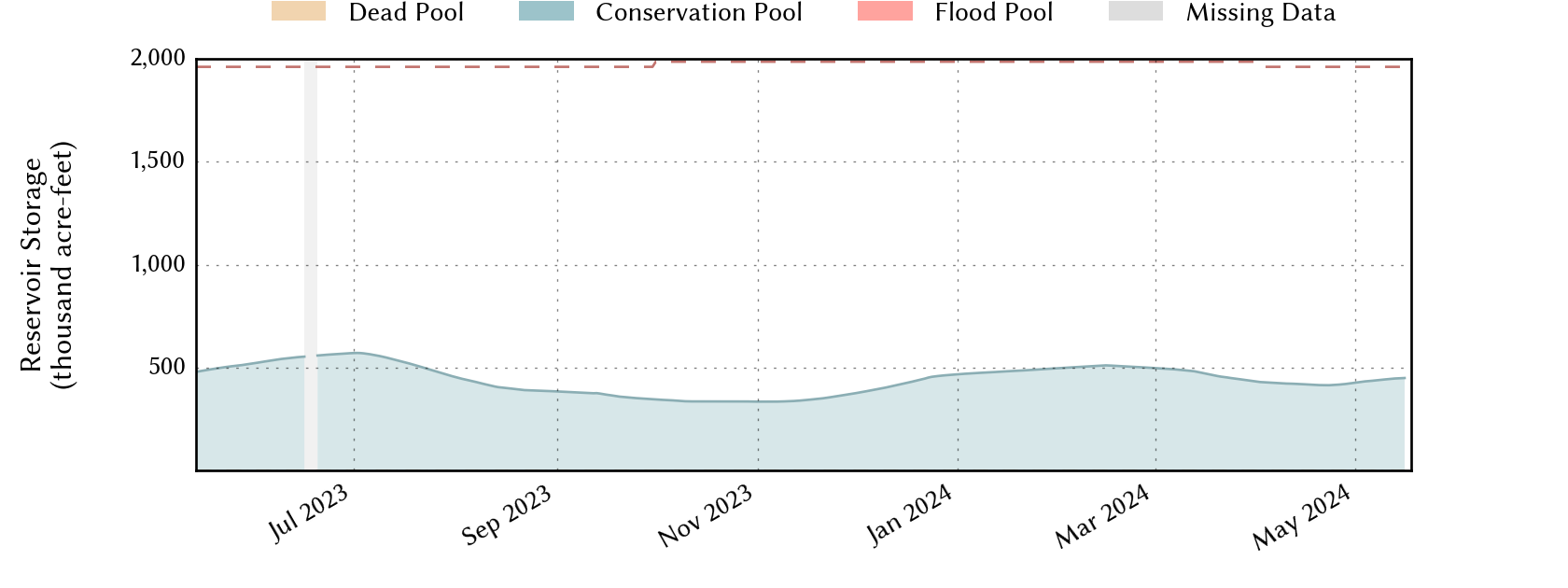
When it comes to New Mexico’s economy, there are no bigger players than the oil and gas industries which, combined, contribute 31 percent of the general fund. Natural gas prices remain at historically-depressed levels. Since spiking during the winter of 2014 when the East Coast of the United States saw a series of cold snaps, the Henry Hub price has been on a steady decline. Throughout 2015, prices have been below the historically-low $3/mmbtu line.
Oil prices on the other hand, were elevated until July of 2014 when prices began a steep slide from $100/barrel to less than half that price by January of 2015.
Unfortunately for the industry and contrary to the beliefs of many Americans (at least when prices are elevated), oil and gas producers have little control over the price point at which they sell their product. Collectively, the oil and gas industries can (and have) cut production, but this is a painful and unappetizing process.
The best solution for the oil and gas industries (and New Mexico’s economy) is the opening of new markets for these products through freer trade. Expanded trade could add stability and economic health to the oil and gas industries in New Mexico.
The best long-term opportunity for natural gas producers involves a trade agreement with eleven other countries with ties to the Pacific Rim: Australia, Brunei, Canada, Chile, Japan, Malaysia, Mexico, New Zealand, Peru, Singapore, and Vietnam known as the Trans-Pacific Partnership (TPP).
Interestingly, given what the TPP could mean for New Mexico’s economy, especially natural gas producers, New Mexico’s Congressional delegation did not support trade promotion authority (TPA) which allows presidents to negotiate an agreement with an up-or-down vote in Congress on approval. After being rejected once by the House, was narrowly approved. This approval came despite the fact that Republican Steve Pearce joined New Mexico’s liberal Democrats in the House in voting “no.”
TPP could have a significant, positive impact on American natural gas producers. Japan, for example, which is party to the TPP, is a huge potential market for producers. Natural gas prices are triple or more those in the United States.
“The TPP,” as the Sierra Club which is hostile to exporting liquefied natural gas notes, “would mean automatic approval of LNG export permits—without any review or analysis—to TPP countries. And many TPP countries would likely be quite interested in importing LNG from the United States…”
There are some philosophical arguments to be made even by staunch free market advocates against regional trade agreements, but when it comes to the long-term future of New Mexico’s natural gas producers, there are few better opportunities on the horizon than Japan. TPP is the best near-term entrée into that market.
New Mexico’s oil producers could gain access to lucrative new markets with nothing more than a stroke of President Obama’s pen.
As American oil production has skyrocketed in recent years, the prohibition on US exports of crude oil adopted in 1975 has become an anachronism. While the US oil market is complex, the new, “tight” oil being produced is lighter and sweeter [3] than what has previously been refined in American refineries. Those refiners now can’t find enough refiners to process it. Exports would allow the appropriate oil to reach the international market where it could be processed and sold.
According to the group Producers for American Crude Exports (PACE), allowing oil exports would generate nearly 1,000 new industry jobs in New Mexico by 2018 adding an additional $46 million annually to the State’s economy. Of course, while New Mexico is a significant oil producer, the US as a whole could see many times that amount in terms of economic benefits.
The arguments against exporting crude simply do not hold up under scrutiny. Even radical environmentalists should desire that scarce oil resources be put to their most efficient use. And, because of the disconnect between the grades of oil that are refined in the US relative to what is now being produced, the impact on American motorists in terms of higher prices would be minimal or non-existent.
Free trade is a good thing for America. The oil and gas industries are no exceptions.
Gessing is president of the Albuquerque-based Rio Grande Foundation










 When governments usurp our freedom they diminish personal responsibility for making good choices at the same time. And when they remove from us responsibility for our choices, they not only generate more bad choices, but they under-mine our freedom. Whether we call it the Nanny State or the Welfare State or the Prohibitionist State, big government is assaulting our freedom and undermining our responsibility. Dr. Palmer will show why freedom and responsibility go hand in hand at every level, from the theoretical to the legal to the very practical, with examples ranging from modern day prohibition of drugs and alcohol to the growing numbers of people on long-term welfare and disability support.
When governments usurp our freedom they diminish personal responsibility for making good choices at the same time. And when they remove from us responsibility for our choices, they not only generate more bad choices, but they under-mine our freedom. Whether we call it the Nanny State or the Welfare State or the Prohibitionist State, big government is assaulting our freedom and undermining our responsibility. Dr. Palmer will show why freedom and responsibility go hand in hand at every level, from the theoretical to the legal to the very practical, with examples ranging from modern day prohibition of drugs and alcohol to the growing numbers of people on long-term welfare and disability support.




![IMG_0928[1]](http://riograndefoundation.org/errorsofenchantment.com/wp-content/uploads/2015/06/IMG_09281-300x225.jpg)





